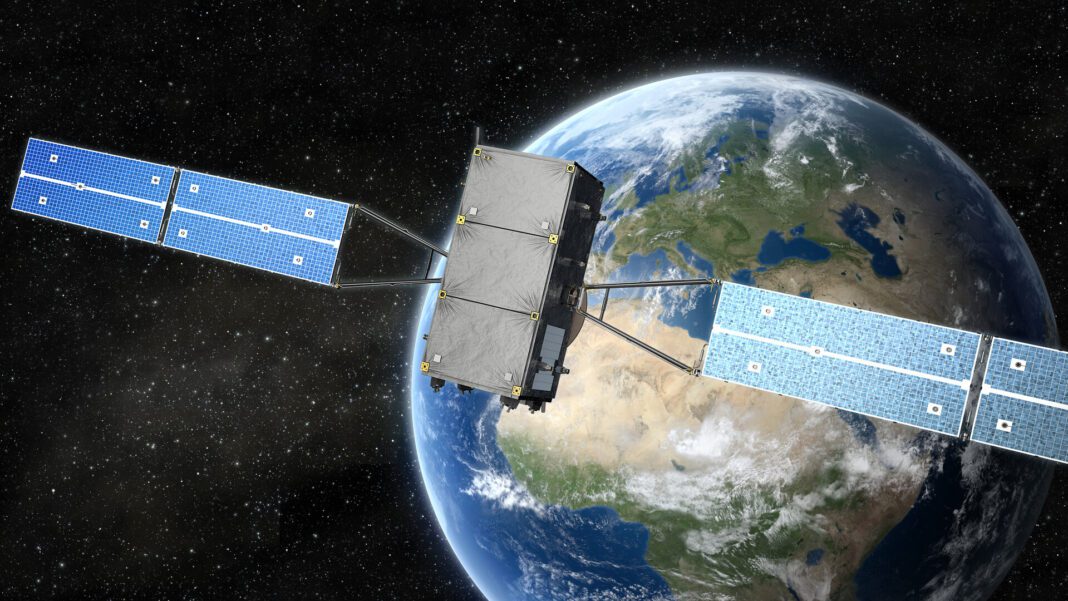Expanding Missile Defense Beyond Earth
The United States has introduced a new missile defense initiative to strengthen national security by countering potential threats from space. This program, called Golden Dome, aims to deploy missile interceptors in Earth’s orbit, providing an advanced layer of protection against enemy attacks. The main focus of the initiative is to neutralize ballistic and hypersonic missile threats during their boost phase, the early moments of a missile’s launch when it is slowest and most vulnerable. By intercepting threats at this stage, the system reduces the risk of missiles reaching U.S. soil, significantly enhancing homeland defense.
The concept of space-based missile defense is not new. The idea was first proposed during the Cold War, particularly under the Strategic Defense Initiative (SDI), also known as Star Wars, initiated in the 1980s. However, due to high costs, technological limitations, and political concerns, earlier attempts at developing such systems did not materialize. Today, with rapid advancements in space technology, the concept is being revived, driven by the growing threat posed by adversarial nations developing sophisticated missile systems and space-based weapons.
Space is now recognized as a critical battlefield, with many countries investing heavily in military capabilities beyond Earth. Nations such as China and Russia have tested anti-satellite (ASAT) weapons and other counter-space technologies, raising concerns about the increasing militarization of space. The Golden Dome initiative is part of the U.S. military’s strategy to ensure dominance in space-based defense systems, preventing adversaries from gaining an upper hand in orbital warfare.
A key advantage of space-based missile defense is its ability to provide rapid response capabilities. Unlike ground-based systems, which rely on surface radars, land-based missile launchers, and sea-based interceptors, space-based systems can detect, track, and engage threats within seconds. Since they are already positioned in orbit, these interceptors can eliminate missiles before they reach their full trajectory, providing a strategic advantage in countering threats.
Challenges of Defending Space
Despite its promising advantages, the deployment of space-based missile interceptors comes with major challenges. The most significant hurdle is cost. Developing, launching, and maintaining space-based defense systems require enormous financial investments. Each interceptor must be designed for long-term functionality in space, resistant to extreme temperature fluctuations, radiation, and potential cyber threats. Regular maintenance and upgrades further add to operational expenses.
Another challenge is the technical complexity of intercepting missiles in their boost phase. This phase lasts only a few minutes, meaning that interceptors must be highly precise, fast, and capable of reacting within seconds. If a missile enters the mid-course phase, it becomes much harder to track and destroy, especially if it is a hypersonic weapon with unpredictable flight paths.
There is also growing international concern about the militarization of space. Several treaties, including the Outer Space Treaty of 1967, prohibit the deployment of weapons of mass destruction in orbit. While defensive weapons like interceptors do not fall under this category, their presence in space could trigger an arms race, with other nations responding by developing their own space-based military capabilities. The deployment of such systems could escalate global tensions, raising the risks of conflicts in space.
Rising Global Threats in Space
The U.S. military has observed increasing hostile activities in orbit, with multiple objects maneuvering in ways that suggest they are testing offensive counter-space tactics. These maneuvers mimic aerial dogfights but in space, indicating that adversaries are preparing for direct military engagements in orbit.
Beyond kinetic threats, nations are actively deploying cyber, electronic warfare, and directed-energy weapons to disrupt satellite operations. Reports confirm that jamming, spoofing, and cyber hacking attempts on U.S. satellites have surged, affecting navigation, communication, and intelligence-gathering capabilities. The presence of space-based missile interceptors could serve as a deterrent against such hostile activities, reinforcing security for both civilian and military space assets.
Golden Dome is part of a broader effort to secure space as a strategic battlefield. While the U.S. military has acknowledged possessing ground-based counter-space capabilities, there is speculation that classified space-based defensive systems may already be under development.
As space increasingly becomes a contested domain, the need for advanced defense systems is undeniable. The success of space-based missile interceptors depends on overcoming technical, financial, and geopolitical hurdles, but their deployment could mark a significant shift in global security dynamics, shaping the future of space warfare.




